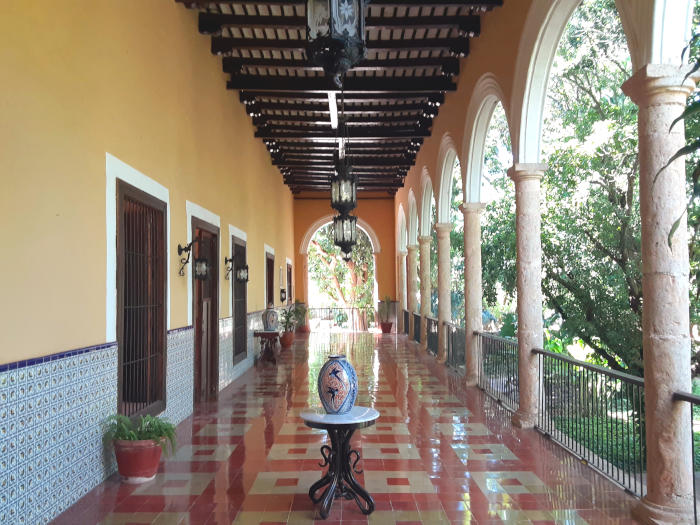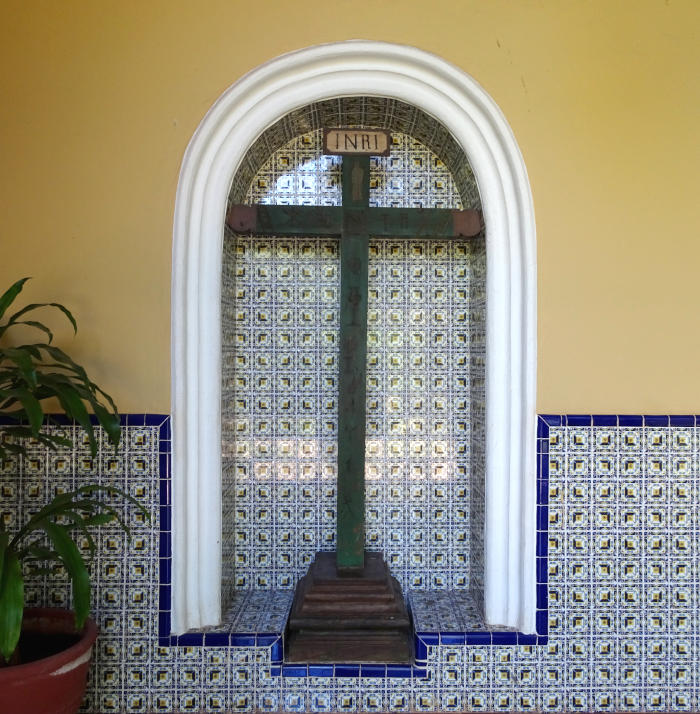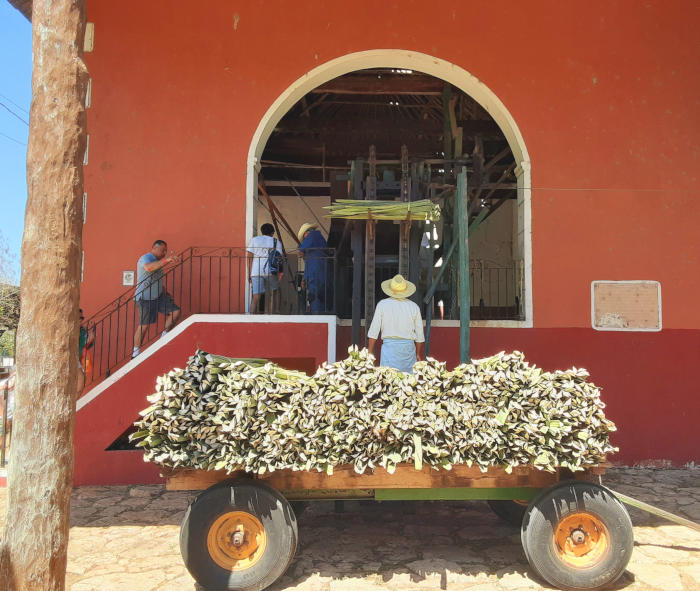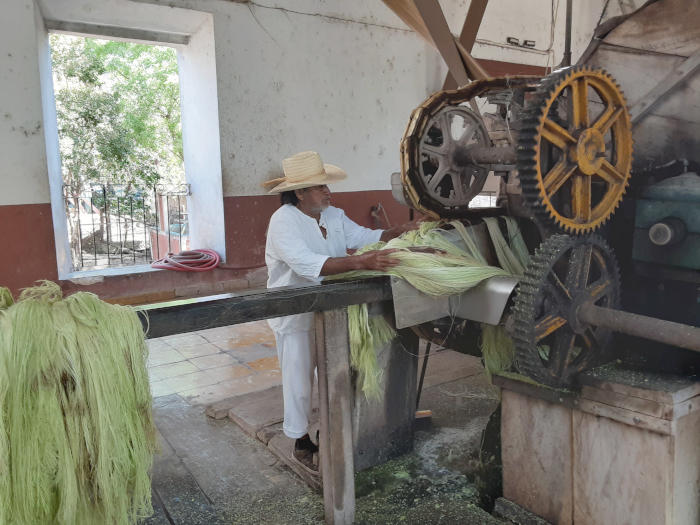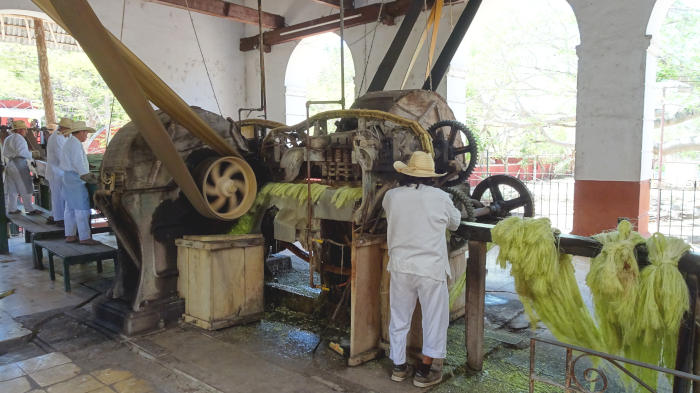Central America / Caribbean
Yucatan, Mexico - Spring 2024
In the Spring of 2024, we visited the Yucatán region of Mexico, our fortieth country. We stayed in the city of Merida, which is situated near several ancient Mayan city ruins, including Chichen Itza, Uxmal, and Xcambo, as well as haciendas from the 18th through early 20th centuries.
We visited the ancient Mayan city ruins of Chichen Itza, Uxmal, and Xcambo. These cities, as well others like them in the region, are monuments to the peak of Mayan culture and power in the region, from approximately 250 AD through 900 AD. Although these Mayan city-states collapsed over time for a number of reasons, contrary to popular myth, the Mayan people did not ‘disappear’. Today, the approximately eight million descendants of the ancient Mayans still live in the region, both in the countryside and in the cities.
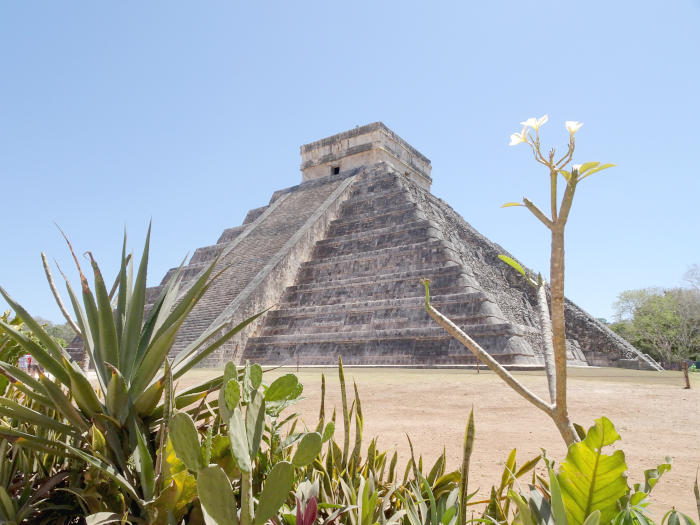
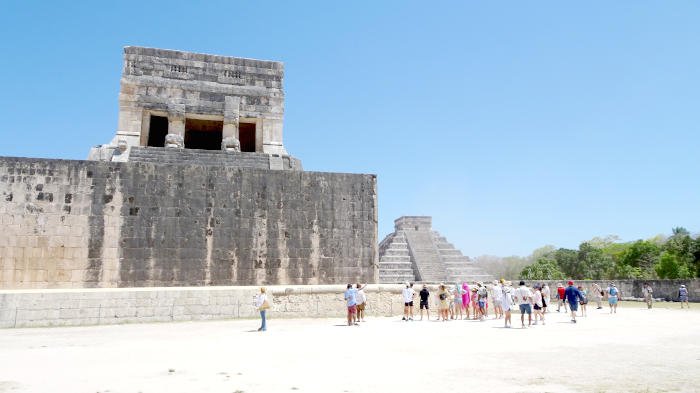
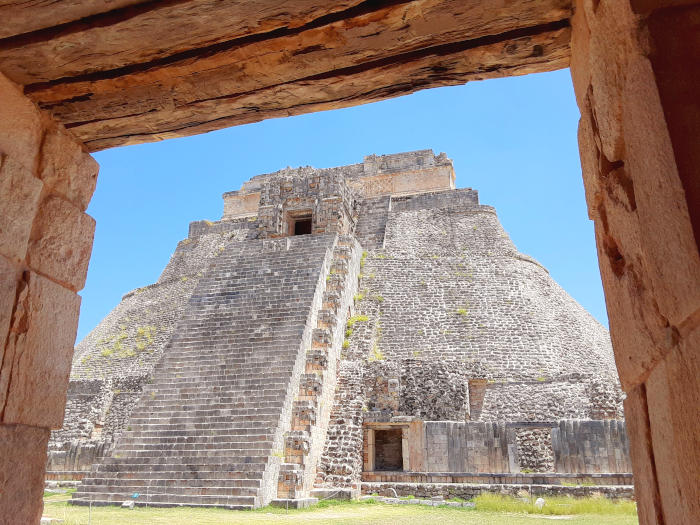
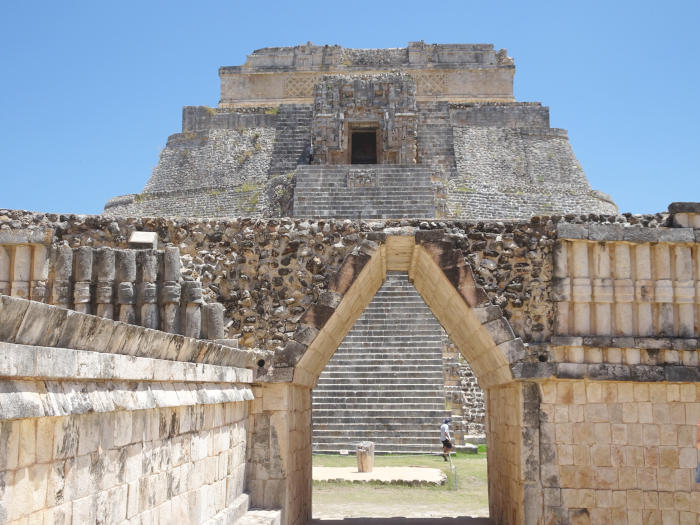
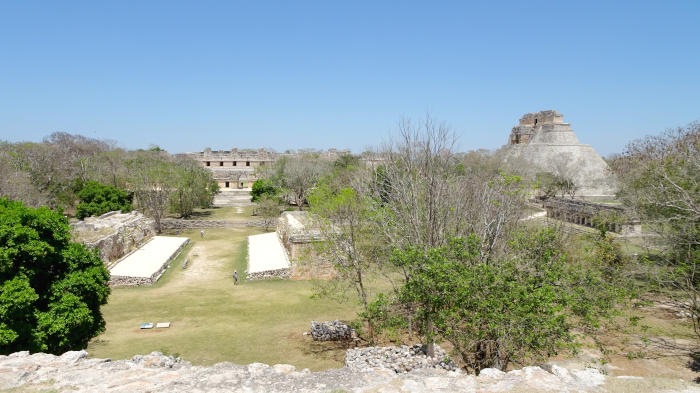
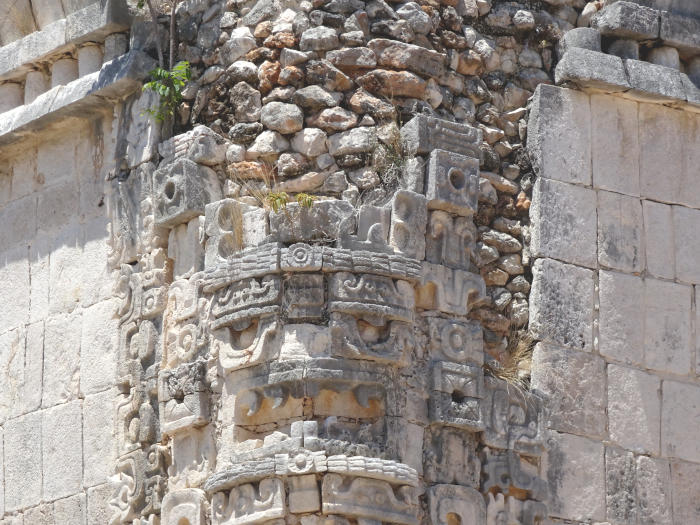
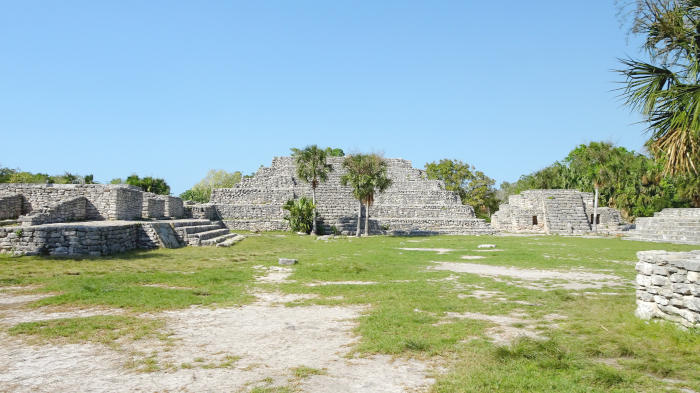
Merida is a clean, well-kept city with much to see and do, including shops, cafes, restaurants and historic buildings dating back to the 16th century, still in use and well preserved. Aside from the occasional street hustler, the people are friendly, and were patient with our lack of Spanish language skills, which amounts to a few courtesy words.
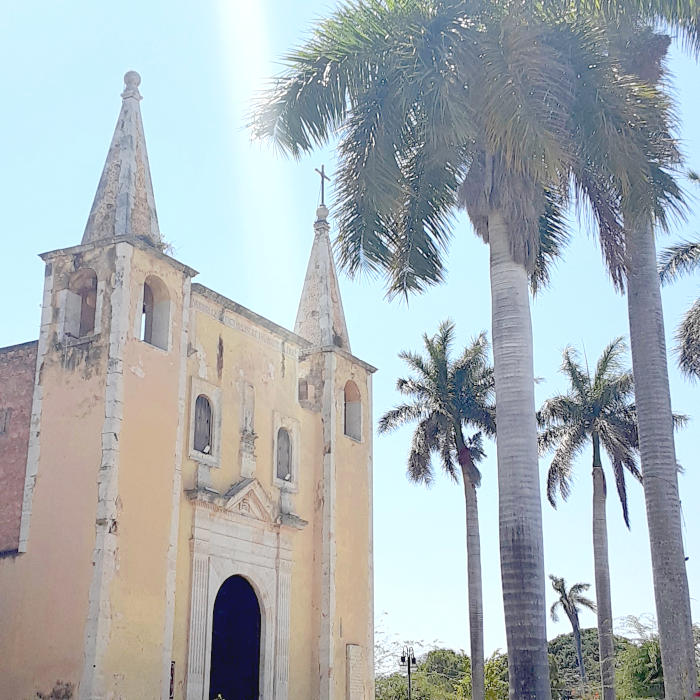

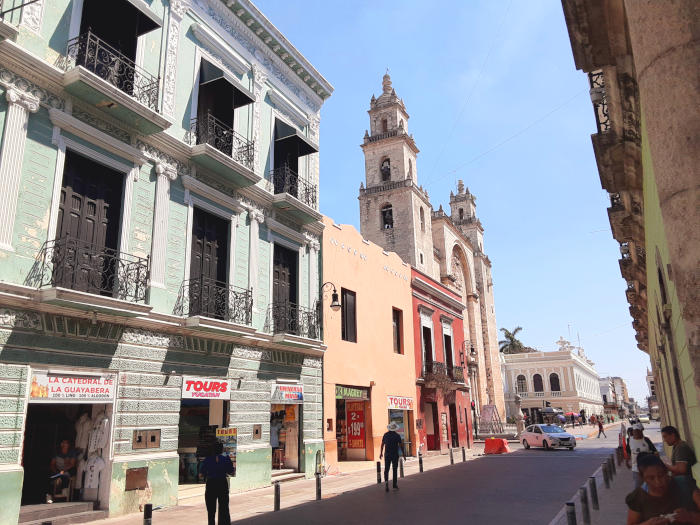
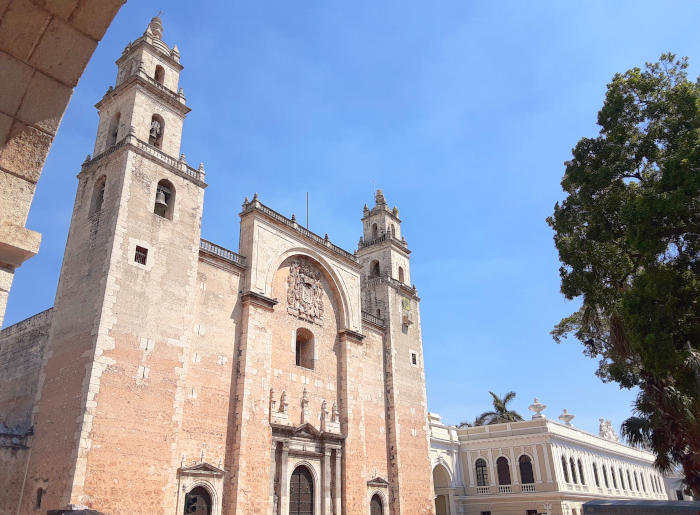
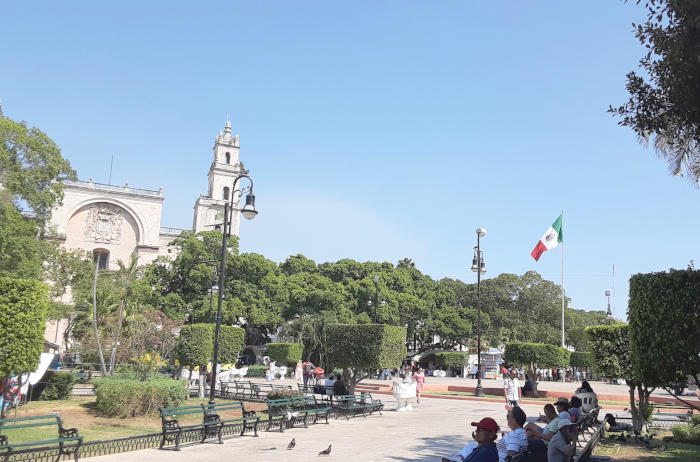
Haciendas, similar to plantations that once dominated the American South, once dominated the Yucatan region of Mexico. Many, like the one we visited, grew and harvested the agave plant, used to make a variety of products, including textiles. Agricultural workers were paid in hacienda script, and could only buy necessities from the hacienda owners with the script. Necessities were always priced higher than wages paid resulting in debts to the hacienda owners; debts which passed on to generation to generation of agricultural workers, resulting a labor system similar to slavery all but in name. The rise of synthetic fibers nearly wiped out demand for textiles made from natural agave fibers, so nearly all haciendas have been abandoned. A few, like the one we visited still operate as informational tourism sites.
Yucatan, Mexico - Spring 2024
In the Spring of 2024, we visited the Yucatán region of Mexico, our fortieth country. We stayed in the city of Merida, which is situated near several ancient Mayan city ruins, including Chichen Itza, Uxmal, and Xcambo, as well as haciendas from the 18th through early 20th centuries.
We visited the ancient Mayan city ruins of Chichen Itza, Uxmal, and Xcambo. These cities, as well others like them in the region, are monuments to the peak of Mayan culture and power in the region, from approximately 250 AD through 900 AD. Although these Mayan city-states collapsed over time for a number of reasons, contrary to popular myth, the Mayan people did not ‘disappear’. Today, the approximately eight million descendants of the ancient Mayans still live in the region, both in the countryside and in the cities.
Merida is a clean, well-kept city with much to see and do, including shops, cafes, restaurants and historic buildings dating back to the 16th century, still in use and well preserved. Aside from the occasional street hustler, the people are friendly, and were patient with our lack of Spanish language skills, which amounts to a few courtesy words.
Haciendas, similar to plantations that once dominated the American South, once dominated the Yucatan region of Mexico. Many, like the one we visited, grew and harvested the agave plant, used to make a variety of products, including textiles. Agricultural workers were paid in hacienda script, and could only buy necessities from the hacienda owners with the script. Necessities were always priced higher than wages paid resulting in debts to the hacienda owners; debts which passed on to generation to generation of agricultural workers, resulting a labor system similar to slavery all but in name. The rise of synthetic fibers nearly wiped out demand for textiles made from natural agave fibers, so nearly all haciendas have been abandoned. A few, like the one we visited still operate as informational tourism sites.












